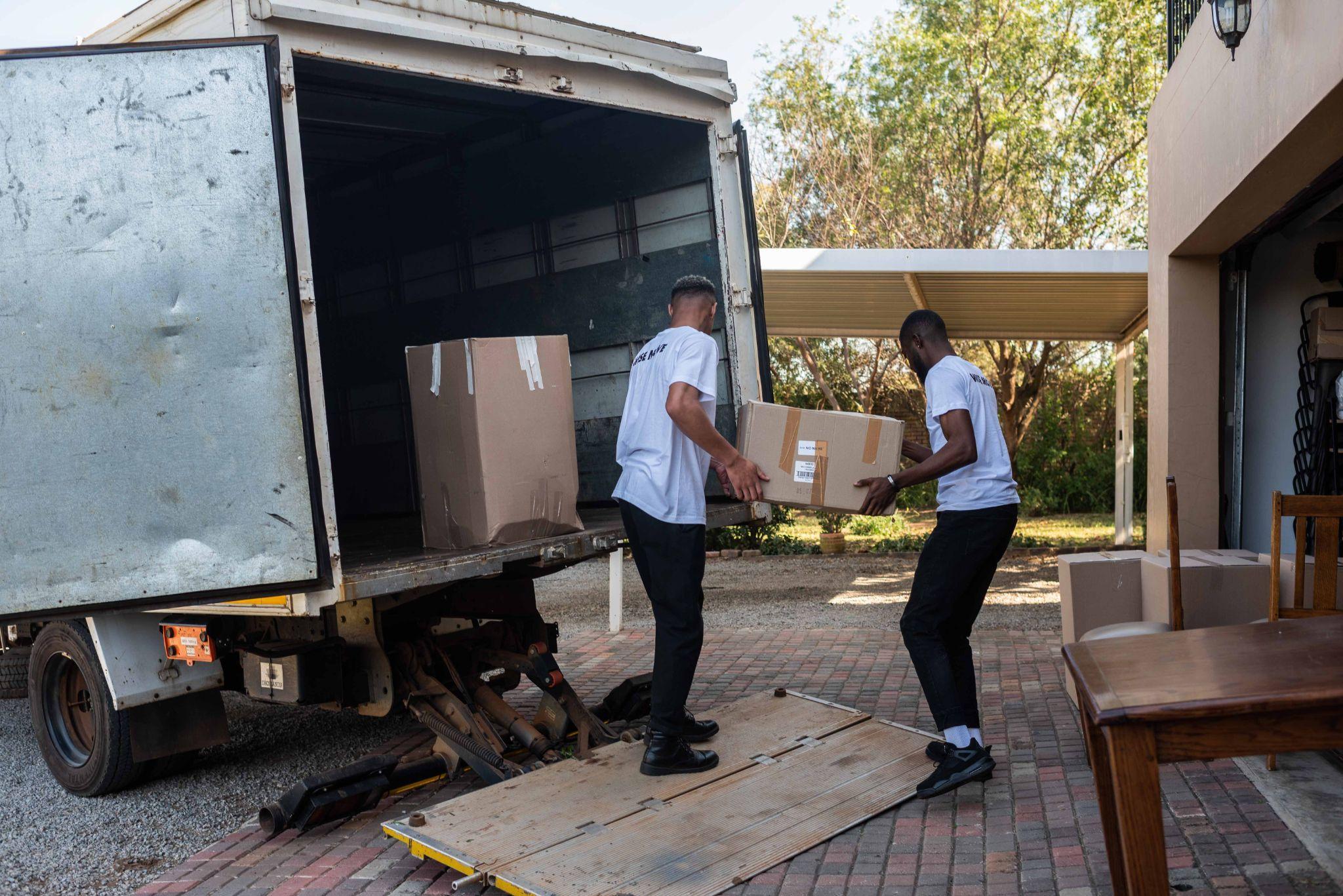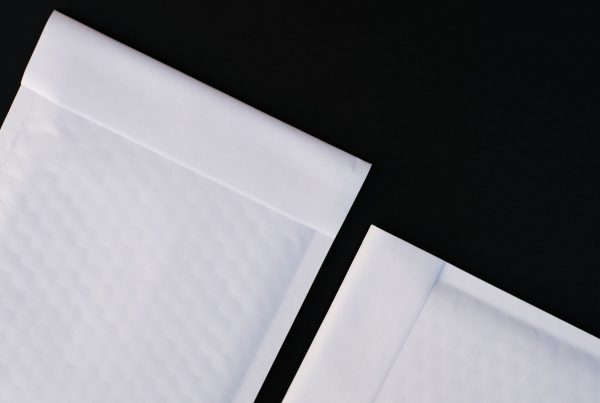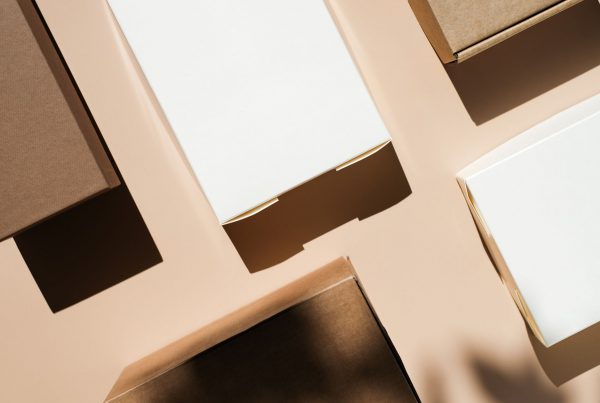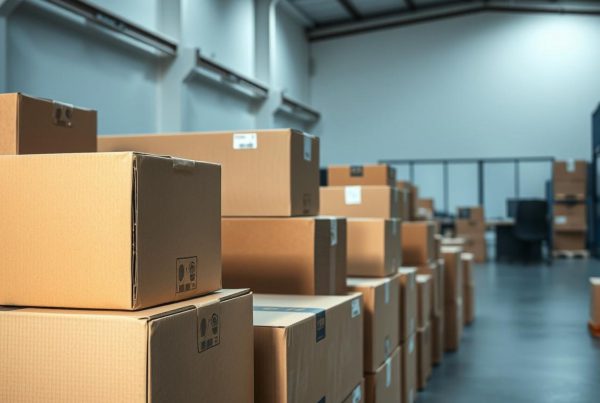Moving homes can be a huge undertaking; packing all your essentials, clothes, and other miscellaneous items and keeping track of them throughout the transition can be challenging. However, if you have the right packing materials, the job becomes much easier.
To help with the moving process, you need different-sized shipping boxes, tape, bubble wrap, and more. Finding all this under one roof can be difficult, but you can always search for moving companies online in your local area and preorder everything in advance so the move becomes smooth and easy.
If you are confused about which shipping boxes you need and what sizes you should order, check out our ultimate packing checklist below.
Shipping Boxes
First things first, you need shipping boxes – and lots of them – in different sizes. You can find boxes from your local vendors/shops, or you can purchase directly from the moving company you will be using. Finding the right-sized box for your essentials is critical to ensure they are safely delivered to their new home.
For instance, people usually set aside heavier items for larger boxes, which is the wrong approach. You want to pack heavier items in smaller boxes so they don’t have much room to move and get damaged during transit.
Similarly, while packing, be careful not to overfill or underfill your boxes as this can lead to stacking problems and even damage your valuables during transit.
When deciding the number of boxes you will need for the move, create a list for each room, list the items into categories, such as small, valuable, heavy, large, etc., and then order the boxes accordingly.
The following are some of the common shipping box sizes required for moving:
- 14 x 14 x 8 box
- These are ideal for packing lightweight, bulky items like clothes, books, small appliances, kitchenware, toys, etc.
- 20 x 12 x 4 box
- These boxes are best for shipping items that are wider and taller but have no depth. They are shipped flat and save freight charges.
- 18 x 8 x 8 box
- These are heavyweight, durable, and ideal for heavier items like books, appliances, silverware, etc.
- 10 x 8 x 6 box
- These are your standard-sized boxes which are sturdy, easily stackable, and visually appealing. They are ideal for most essential items and have wide applications.
- 36x 36 x 36 box
- These are heavy-duty double-walled boxes for large and heavier items like big appliances and books. They have scored intervals that can be opened or collapsed depending on your required box size. Proper padding with bubble wrap or packing peanuts is necessary before transit.
- 22x 22 x 12 box
- These are also heavy-duty cardboard boxes used for shipping and moving. They can be used for large, bulky items like linens and blankets or heavyweight items like appliances and books.
Polythene Bags
Polythene bags come in very handy during moving for both small and oversized items. They are also widely popular in the packaging industry and offer an economical option to pack your valuables in bulk without the fear of misplacing them.
For instance, store your jewelry in wholesale polythene bags and then put them in cardboard boxes to ensure no pairs go missing or get damaged. Poly bags can also be used for medicines, perishable items, etc.
Poly bags are made from a durable and flexible plastic film, enabling you to package and store multiple items safely. They are also used by small businesses and take up less space in shipping boxes.
Bulk Tape
You need bulk tape to ensure your valuables are securely packed and delivered when moving and packing. Multiple types of tapes are available, each varying in function and industry. Choosing the right tape can help you package your items safely and ensure your cardboard boxes don’t come apart due to the weight and the rough transit route.
- Kraft tape
- This water-activated tape firmly adheres to corrugated boxes and seals them tight. It works well in hot and cold temperatures and sticks even if the cardboard box is dirty or dusty. It is available in brown and white and offers superior strength and protection.
- Masking tape
- To keep track of your belongings, you need to label your boxes. For this, masking tapes are used. They don’t leave any residue on the surface they are stuck on and are available in different vibrant colors, making them visible and ideal for labeling.
- Cello tape
- Also known as packing tape, these are made from acrylic and are strong and durable. They work in extreme temperatures and adhere well to any cardboard surface.
- Duct tape
- For boxes that have high-value or heavy items, like appliances and books, you should use duct tape to secure the cardboard box. This heavy-duty waterproof tape has a sticky interior and a water-resistant plastic exterior, ensuring no tears occur during transit.
- High-temperature tape
- These tapes are flame retardant and work in extreme temperatures; thus, they are ideal for high-value or electrical items.
CD Bubble Mailer
While mailers are not something you would keep at the top of your packing material checklist, they are still important.
A CD bubble mailer is generally used by businesses dealing with bulky and sturdy items like books and magazines. They are shipped free and take up little to no space.
They are helpful in moving as they have a bubble wrap-lined interior and a kraft-paper exterior, enabling you to pack valuable and fragile items like jewelry, books, CDs, etc., with ease. They also have peel-and-seal strips to secure the contents safely inside.
Corrugated Open-Top Bin Box
If you love staying organized, you need a corrugated open-top bin box. These boxes come with open and closed lids and are great for neatly organizing your valuable small or large items.
They can be stacked and used for different applications, such as moving or displaying. They are strong, durable, and economical. They are commonly used for storing tapes, files, documents, etc.
Conclusion
Sourcing the right packing materials a month before the move helps you ensure that when moving day arrives, all your valuables are securely packed and ready to be shipped.
Remember, it’s always better to order packing supplies in bulk rather than overstuff your boxes. For optimal packing, choose the right boxes, create a packing station, and pack room by room.





Recent Comments